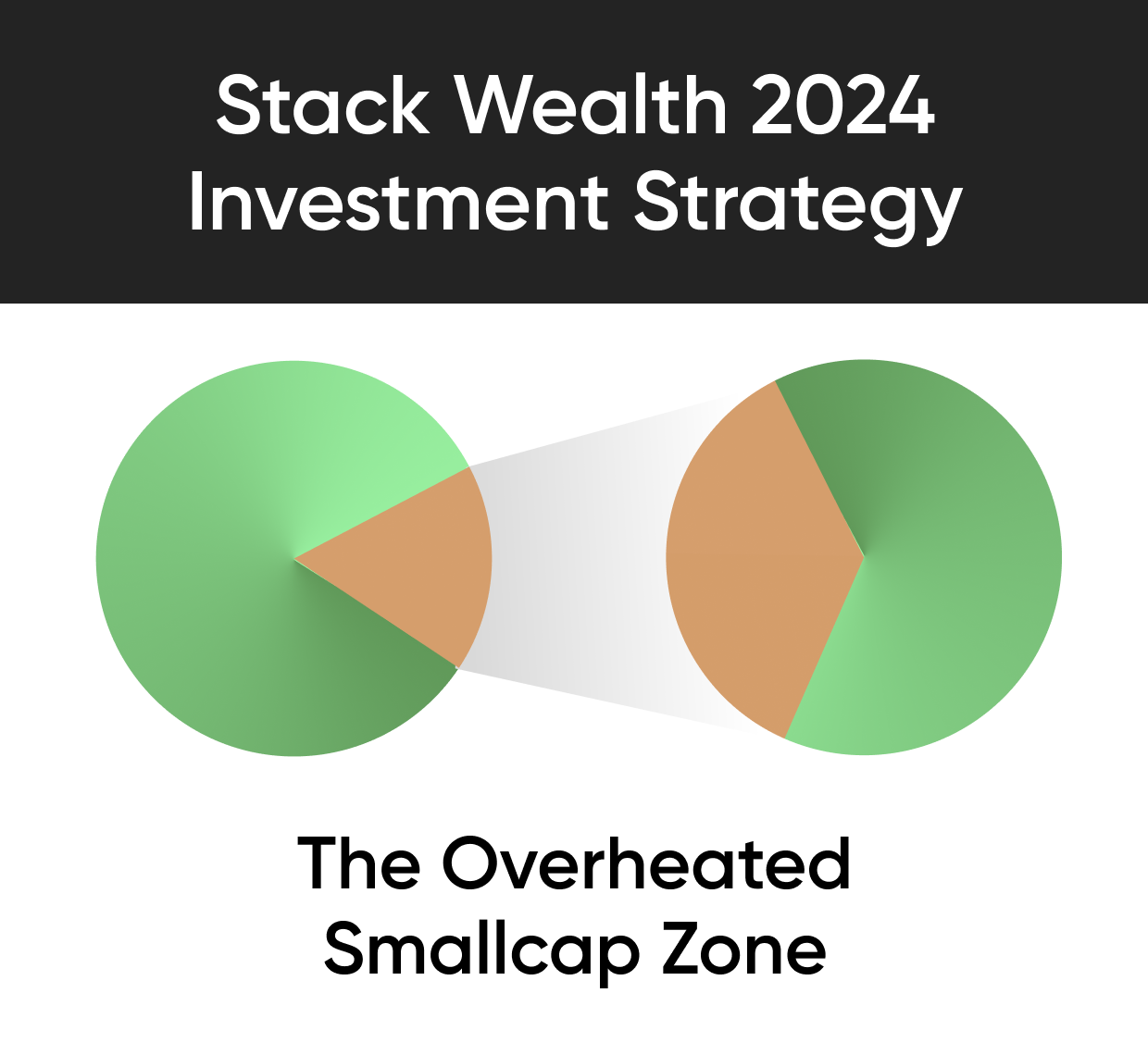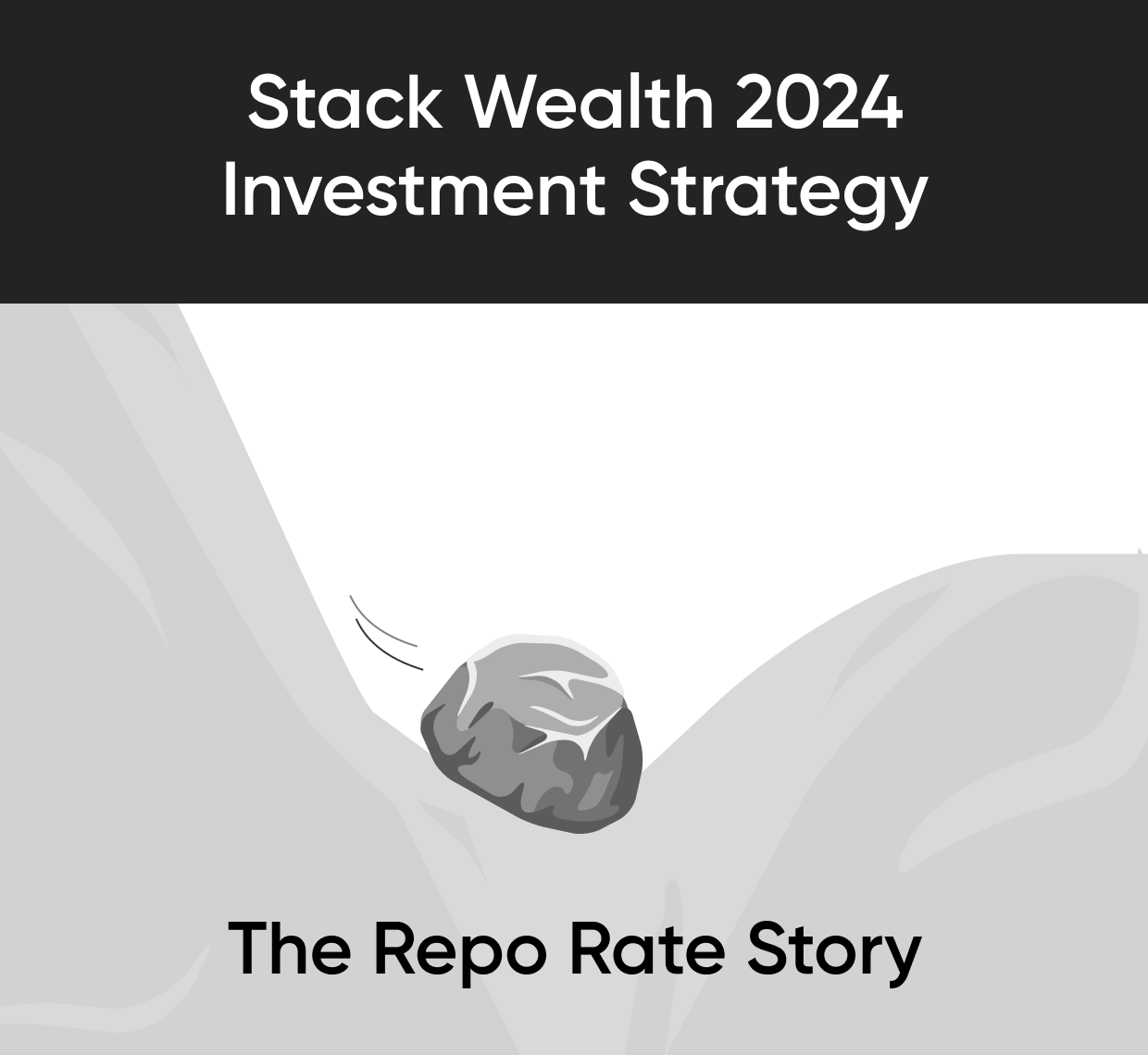Building a strong portfolio in the world of finance and investments requires more than just picking random stocks or assets; it also requires systematically diversifying across a variety of asset classes. Building a solid financial foundation and accomplishing long-term investment goals require an understanding of asset classes.
Let us delve into understanding what asset classes are.
What are Asset Classes?
Asset classes are groups of tangible assets or financial instruments that exhibit comparable traits and market behaviours. With their unique risk and return characteristics, they act as the fundamental components of a diversified investment portfolio. A vast array of financial instruments, such as stocks, bonds, property, commodities, and cash equivalents, are included in these classifications. Different asset classes have different traits, like price volatility, liquidity, and potential for income production.
The Major Asset Classes
- Stocks: They have the potential to increase in value and provide dividend income in addition to representing ownership shares in a company. Although they have a reputation for being more volatile, they have historically produced solid long-term returns.
- Bonds: Fixed-income instruments that give investors a consistent flow of interest payments. Generally speaking, bonds are less risky than stocks but have smaller returns.
- Real estate: Material possessions with the potential to increase in value both through capital gains and rental income. Real estate frequently diversifies a portfolio and acts as a buffer against inflation.
- Cash and Cash Equivalents: Highly liquid assets with lower returns than other asset types, such as Treasury bills, certificates of deposit (CDs), and savings accounts.
- Commodities: Products or raw commodities like gold, silver, oil, and farm goods, among others. Because commodities have little correlation to equities and bonds, they can be a good diversification option and a hedge against inflation.
Why do we need Asset Classes?
Understanding asset classes is based on diversification. The proverb "don't put your eggs in one basket’’ significantly describes the need for them.
- Risk management: Under different market circumstances, different asset types respond in different ways. Since different asset classes respond differently to changes in the economy, diversifying investments helps reduce risk.
- Return Potential: The risk-return profile of each asset class varies. Investors seek to minimise overall portfolio risk while maximising the potential rewards of different markets through diversifying across asset classes.
- Market Cycles and Volatility: During market cycles, different asset classes typically perform in different ways. The total impact of market volatility on the portfolio is lessened when one asset class performs poorly while others do well.
Conclusion
An extensive array of financial instruments can be understood and invested in using the framework that asset classes offer. Understanding the traits, dangers, and returns associated with each asset class enables investors to make well-informed decisions that support their financial goals. For long-term investment success and managing the intricacies of the financial markets, diversification, asset allocation, and rebalancing are crucial tactics.









